SLVUBZ2A September 2020 – December 2020 LM5127-Q1
6.2 PCB Layers
Figure 6-3 through Figure 6-10 illustrate the EVM PCB layout images. 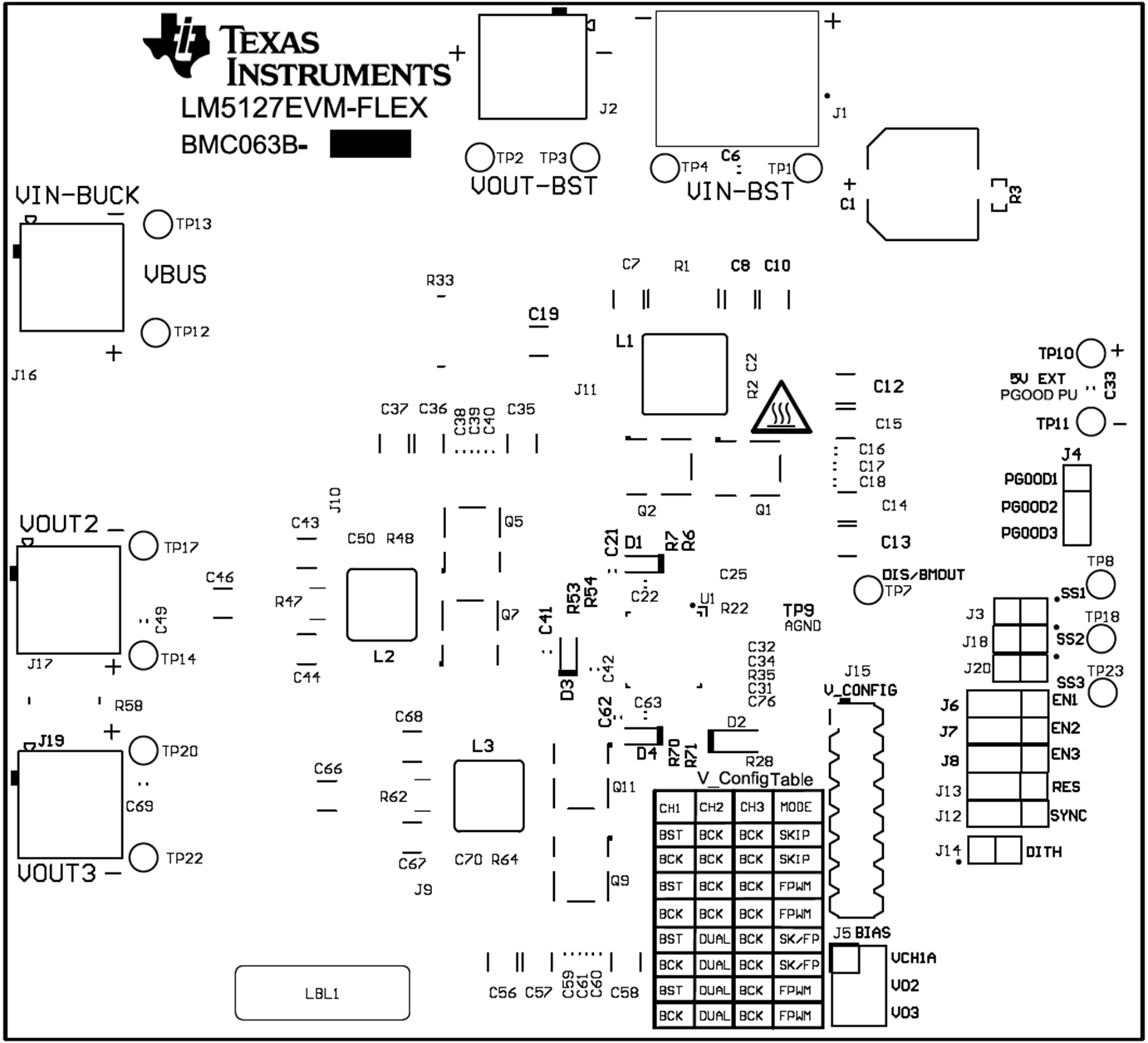 Figure 6-3 Layout: Top Silk Screen
Figure 6-3 Layout: Top Silk Screen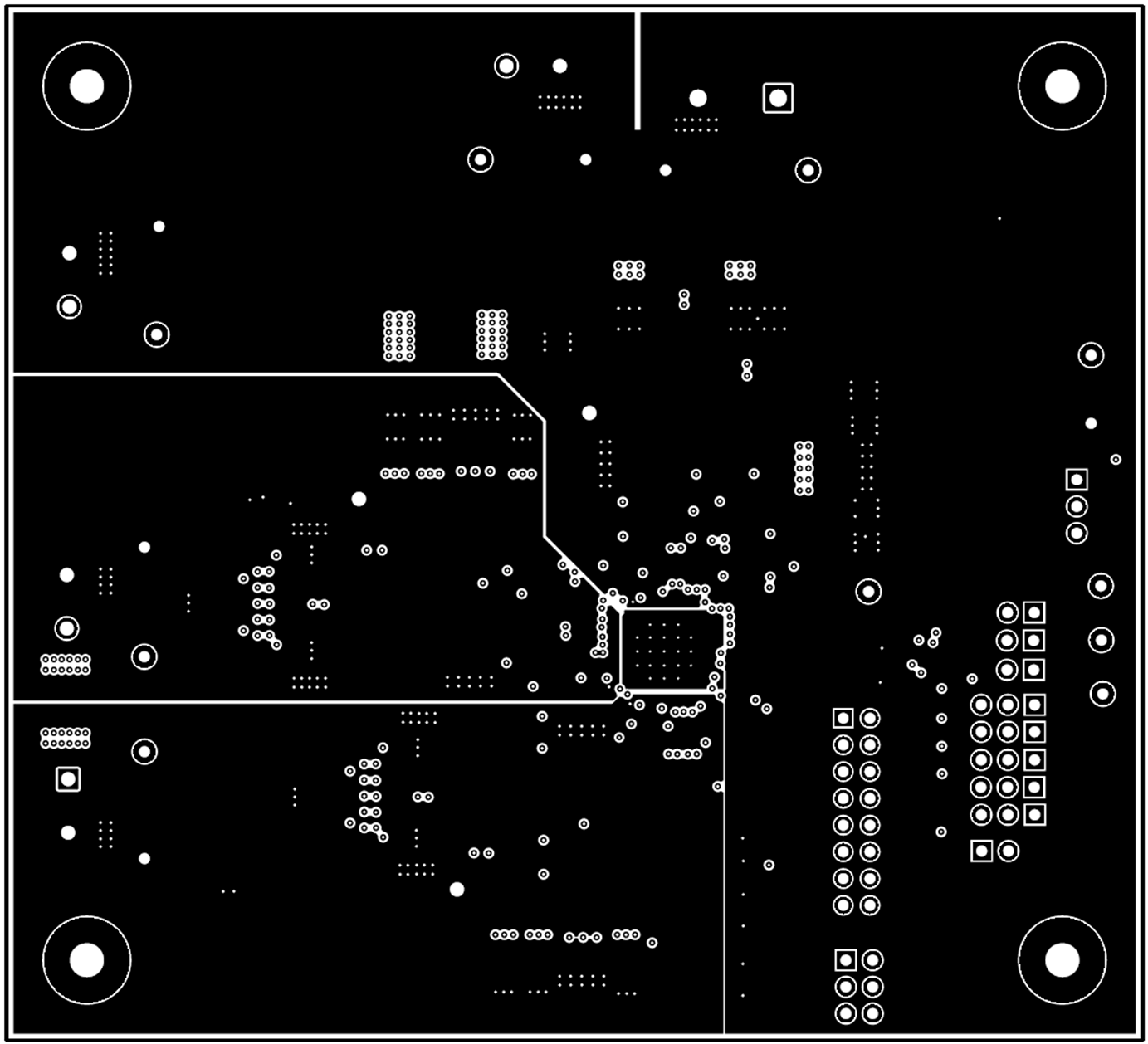 Figure 6-5 Layout: Signal Layer 1
Figure 6-5 Layout: Signal Layer 1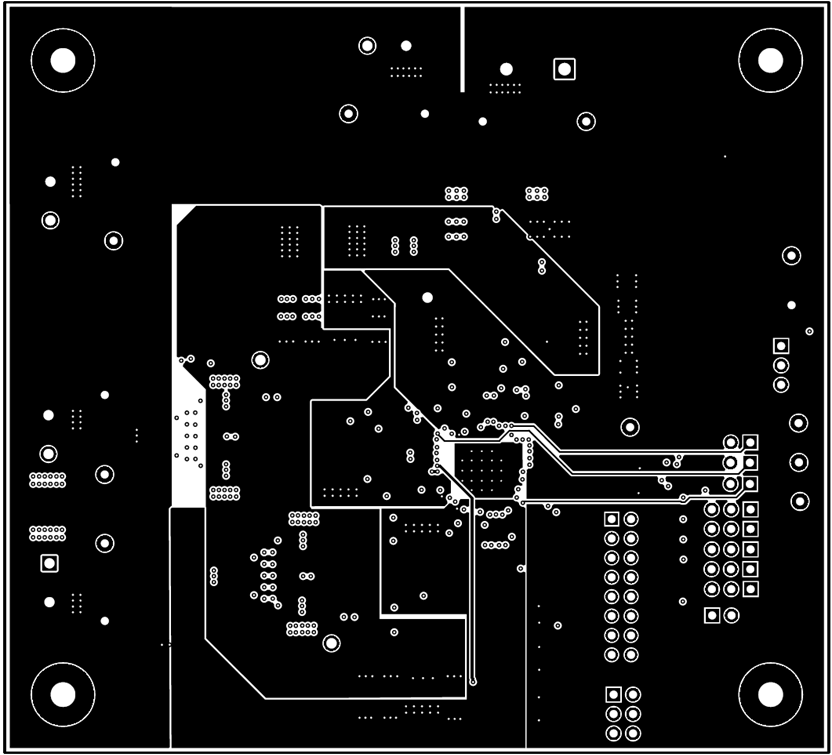 Figure 6-7 Layout: Signal Layer 3
Figure 6-7 Layout: Signal Layer 3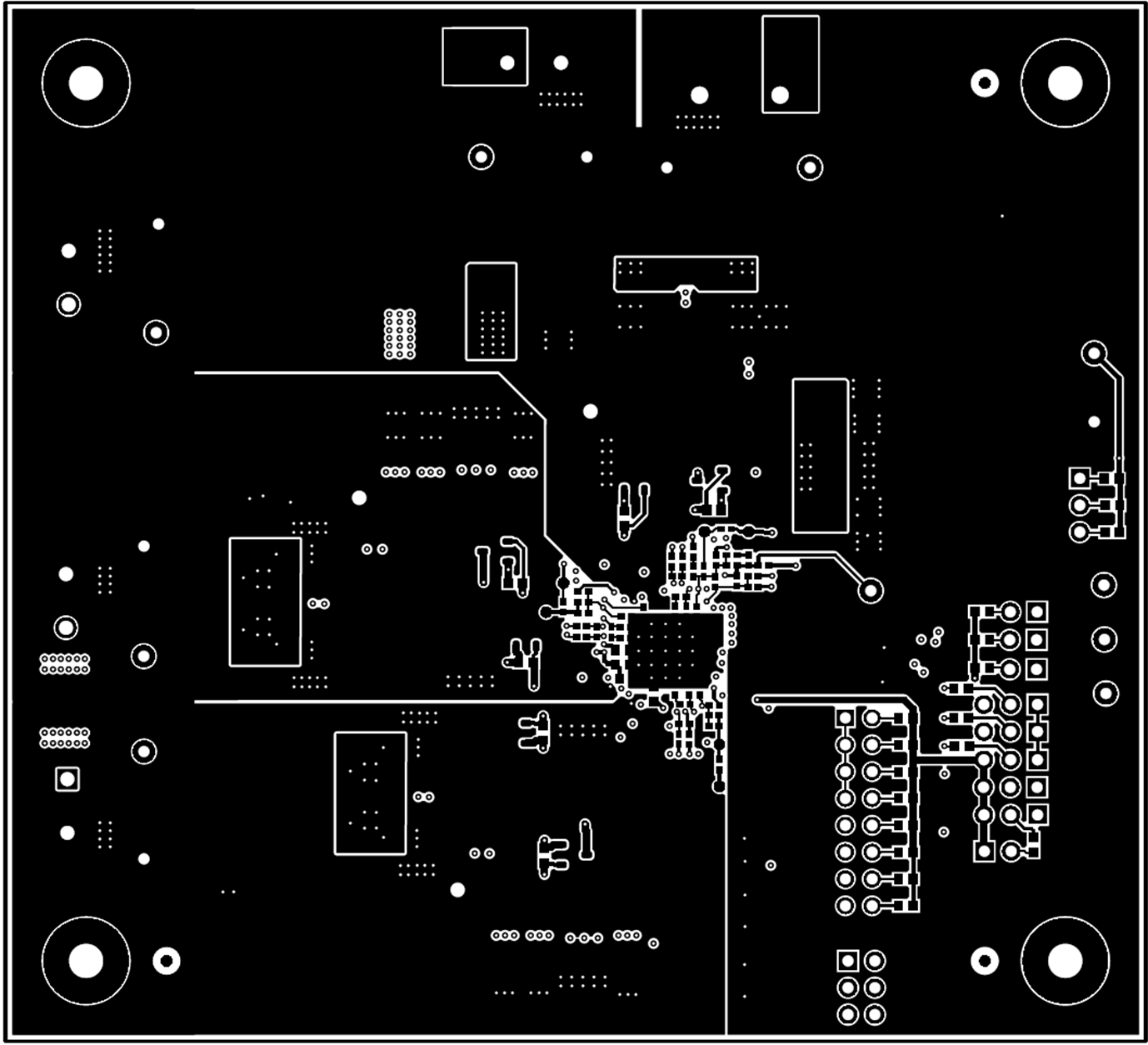 Figure 6-9 Layout: Bottom Layer
Figure 6-9 Layout: Bottom Layer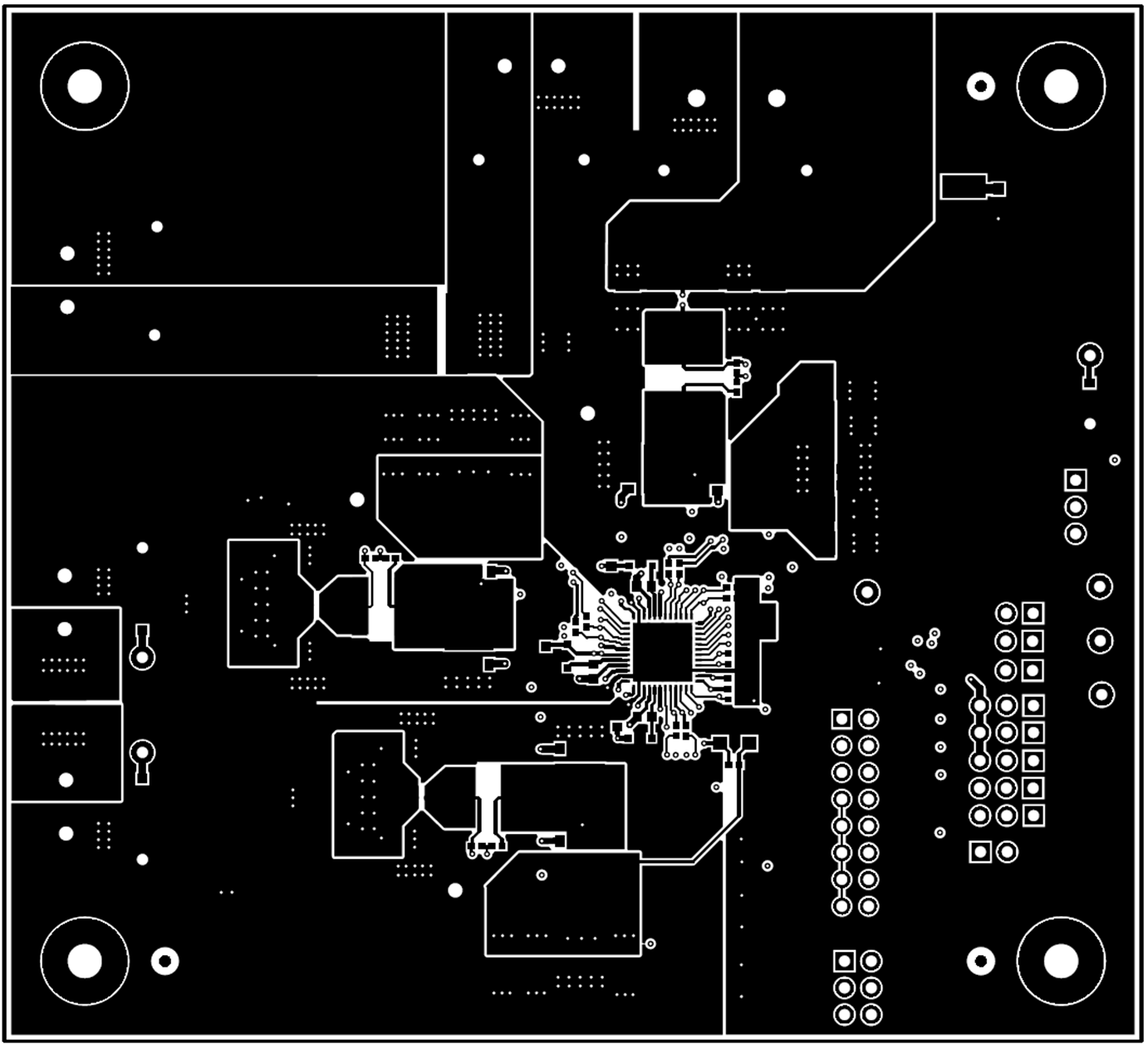 Figure 6-4 Layout: Top Layer
Figure 6-4 Layout: Top Layer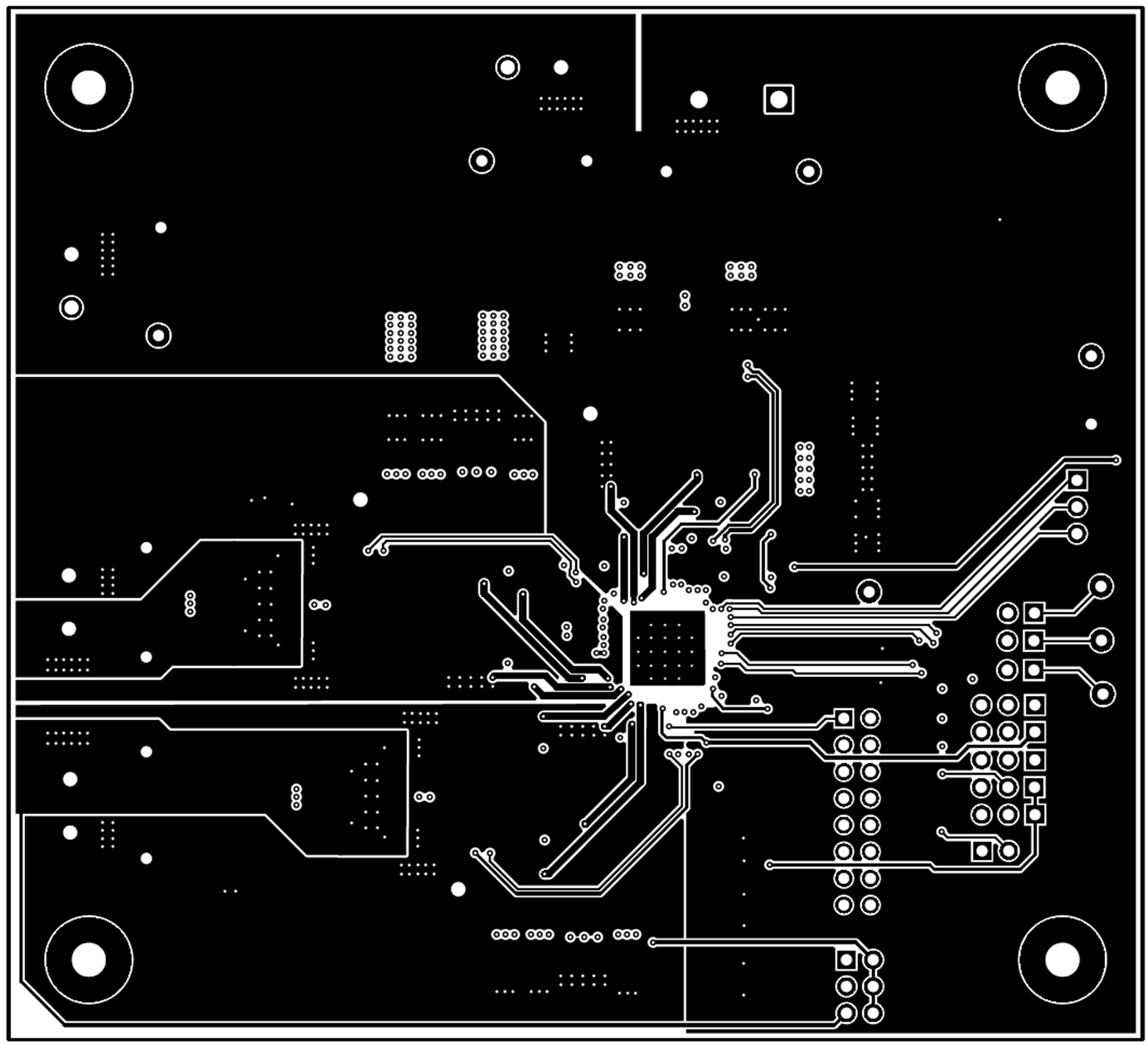 Figure 6-6 Layout: Signal Layer 2
Figure 6-6 Layout: Signal Layer 2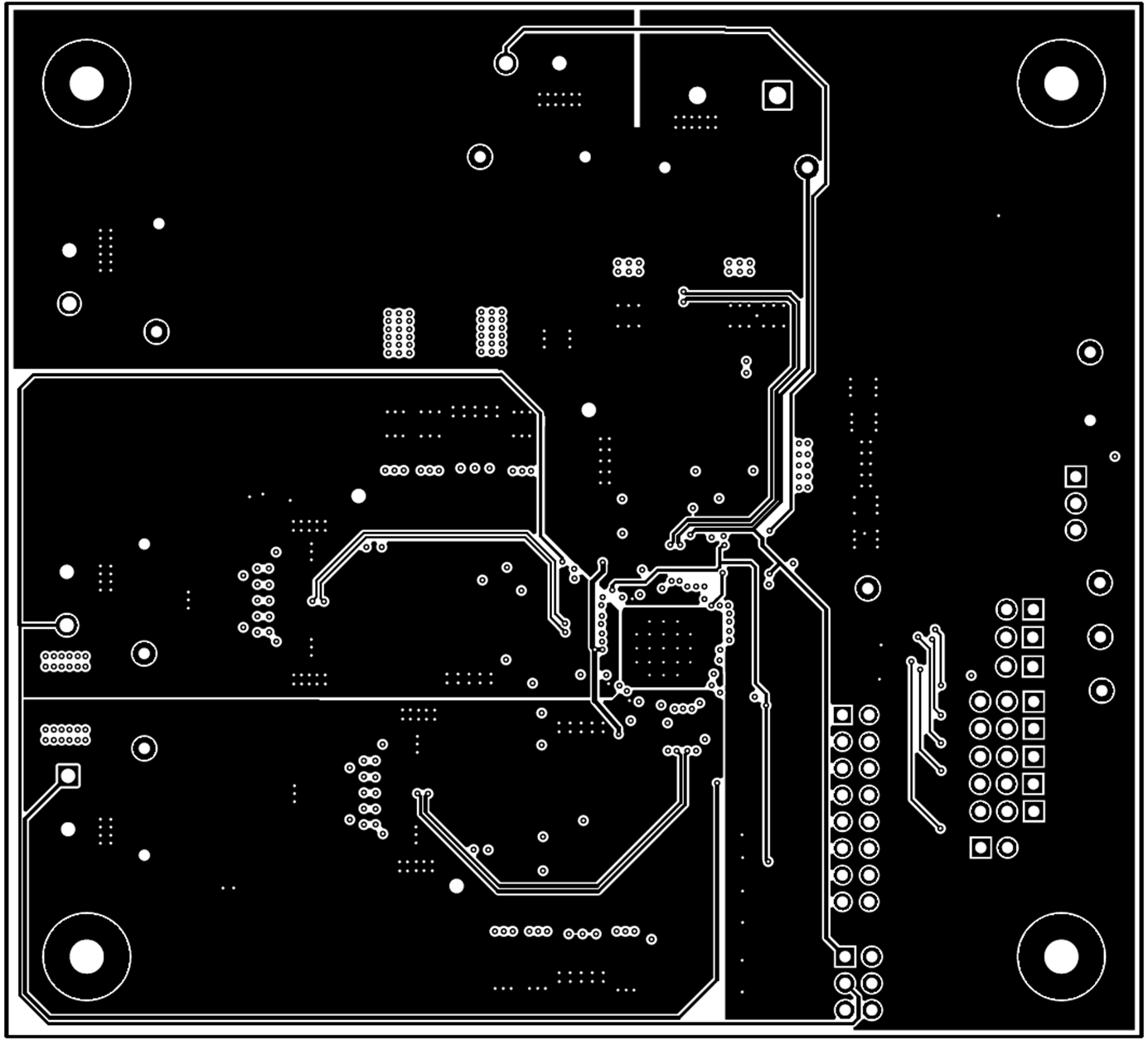 Figure 6-8 Layout: Signal Layer 4
Figure 6-8 Layout: Signal Layer 4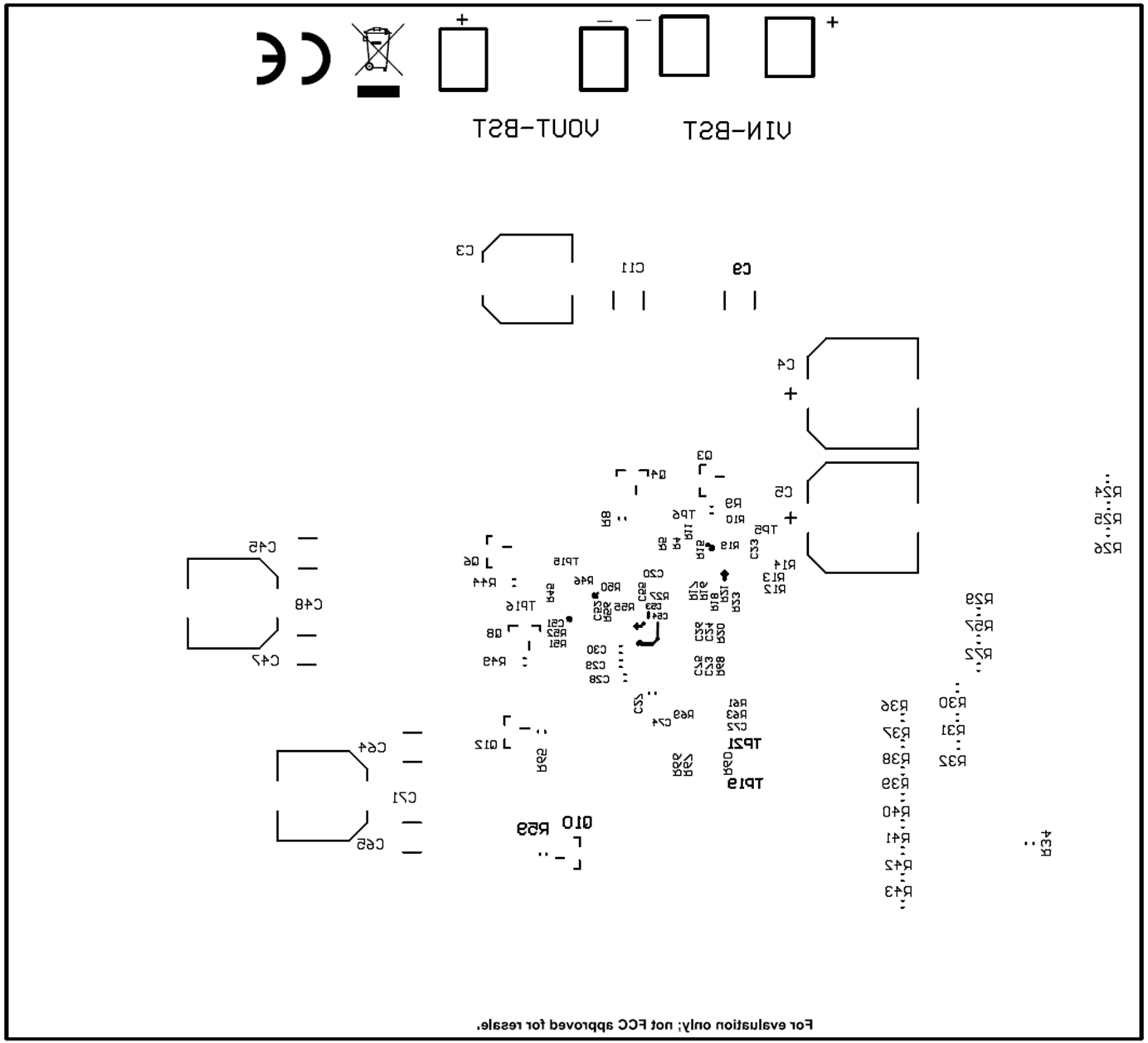 Figure 6-10 Layout: Bottom Silk Screen
Figure 6-10 Layout: Bottom Silk Screen
 Figure 6-3 Layout: Top Silk Screen
Figure 6-3 Layout: Top Silk Screen Figure 6-5 Layout: Signal Layer 1
Figure 6-5 Layout: Signal Layer 1 Figure 6-7 Layout: Signal Layer 3
Figure 6-7 Layout: Signal Layer 3 Figure 6-9 Layout: Bottom Layer
Figure 6-9 Layout: Bottom Layer Figure 6-4 Layout: Top Layer
Figure 6-4 Layout: Top Layer Figure 6-6 Layout: Signal Layer 2
Figure 6-6 Layout: Signal Layer 2 Figure 6-8 Layout: Signal Layer 4
Figure 6-8 Layout: Signal Layer 4 Figure 6-10 Layout: Bottom Silk Screen
Figure 6-10 Layout: Bottom Silk Screen